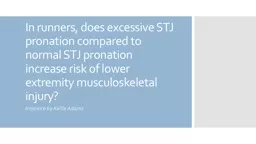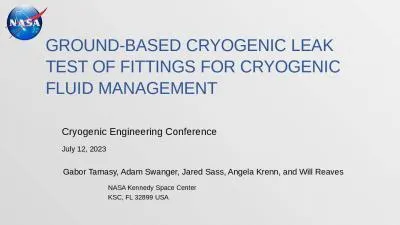PPT-Development of STJ with FD-SOI cryogenic amplifier as a far-infrared single photon detector
Author : marina-yarberry | Published Date : 2019-06-22
17 th International workshop on Low Temperature d Detectors LTD17 Jul 1721 2017 Kurume City Plaza Kurume Yuji Takeuchi Univ of Tsukuba S HKim TIida KTakemasa
Presentation Embed Code
Download Presentation
Download Presentation The PPT/PDF document "Development of STJ with FD-SOI cryogenic..." is the property of its rightful owner. Permission is granted to download and print the materials on this website for personal, non-commercial use only, and to display it on your personal computer provided you do not modify the materials and that you retain all copyright notices contained in the materials. By downloading content from our website, you accept the terms of this agreement.
Development of STJ with FD-SOI cryogenic amplifier as a far-infrared single photon detector: Transcript
Download Rules Of Document
"Development of STJ with FD-SOI cryogenic amplifier as a far-infrared single photon detector"The content belongs to its owner. You may download and print it for personal use, without modification, and keep all copyright notices. By downloading, you agree to these terms.
Related Documents


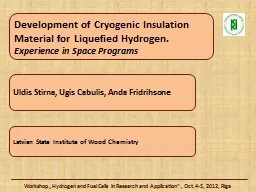
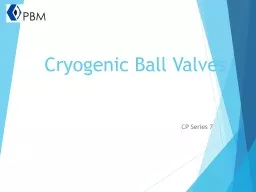
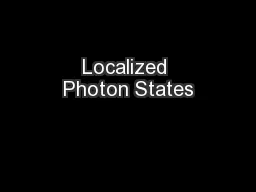
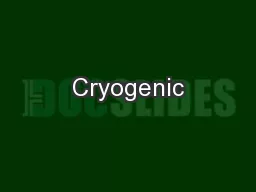
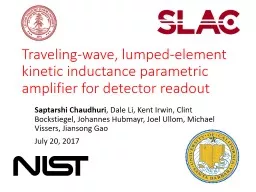
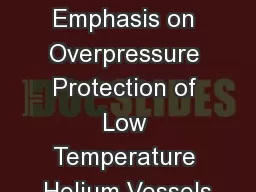
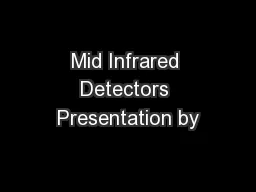
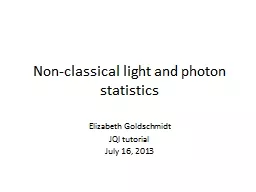
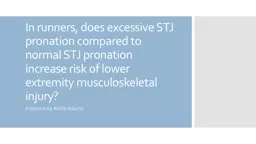
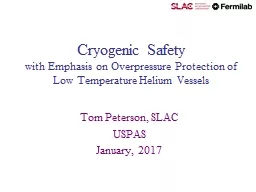
![[DOWNLOAD] Far Infrared Magnesium Wrap Course: Learn how to use magnesium salts and far](https://thumbs.docslides.com/882229/download-far-infrared-magnesium-wrap-course-learn-how-to-use-magnesium-salts-and-far-infrared-for-better-health-and-vitality-min.jpg)
